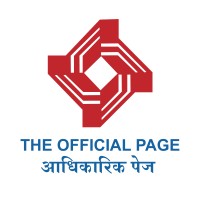
IDFC FIRST Bank
**Never share your password, OTP, UPI Pin, CVV etc with anyone.** Formed in December 2018 through the merger of infrastructure finance giant IDFC Bank and retail finance specialist Capital First, we commenced commercial banking operations in 2016. Our core principles: Vision: Building a world-class bank in India, driven by ethical, customer-friendly, digital, and socially responsible banking principles. Universal Bank: Offering a comprehensive range of services like Retail, MSME, Rural, Startups, Cash & Wealth Management, Deposits, Corporate & Government Banking, Working Capital, Trade Finance, and Treasury Solutions. Ethical Banking: We follow a 'Near and Dear' test, ensuring products are customer-friendly enough for employees to recommend to loved ones. We simplify legal jargon for clarity and offer 'ZERO FEE Banking' on all savings account services like SMS alerts, IMPS, RTGS, NEFT, ATM withdrawals, and more, making it India’s 1st & only bank to do so. Customer-Friendly Banking: IDFC FIRST Bank credits monthly interest on savings accounts, offers lifetime-free credit cards with non-expiring rewards and transparent fees. Technology-led Banking: Seamless services across mobile, branches, internet banking, call centres, & relationship managers. Our mobile app, with 250+ features, is rated 4.8 on Google Play & the App Store. Global rating agency Forrester ranked it India’s best & among the world’s top 20 for two consecutive years. Social Good Banking: Focusing on financial inclusion, we serve 40M+ customers, with 16M lifestyle improvement loans,15M loans to 4.3M women entrepreneurs, 6.5M vehicle loans, 1M each for sanitation & livelihood, 300K SME, and 100K home loans. ESG Goals: We hold high ESG scores, demonstrating our commitment to financial inclusion & social responsibility. Creating a new-age, ethical and world-class institution for India is a privilege for its employees.






